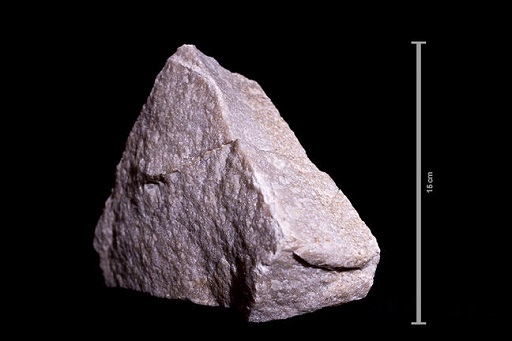2.10 From sands into sandstone and quartzite
Once transported, quartz sands can be deposited on beaches, in rivers and deserts, and eventually they can be buried and compacted. As that happens, and as fluids flow through the material, they can be cemented together. This transforms the sand into sandstone. If you continue that process with more heat and more pressure, eventually the impurities between the grains – and even within the grains – can be squeezed out. This happens deep inside mountain belts and transforms the sedimentary sandstone into metamorphic quartzite.
This process of winnowing during transport and deposition takes a parent rock containing many different minerals and leaves a purified quartz, which can form a pure white sand or sandstone pure enough to supply the silica that makes glass – typically to about 95% silica. However, in order to make the silicon chips, which are the heart of the processing capabilities in your phone, you need the silica to be purer still. Exactly where companies get their silicon from is a trade secret, but it's pretty certain that they use geological processes to do a lot of the work for them.

